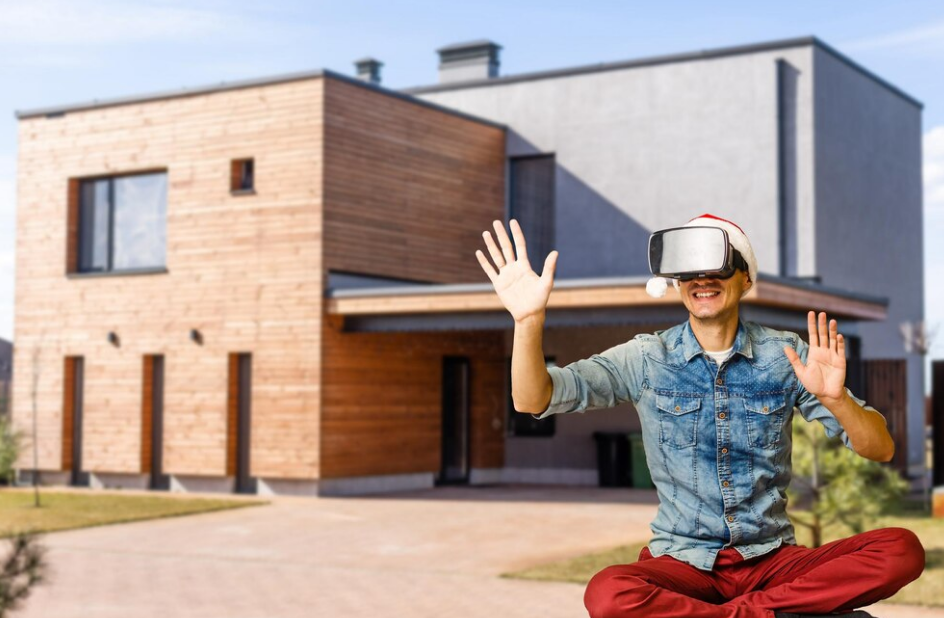As an architect deeply involved in the real estate industry, I’ve witnessed firsthand the transformative power of technology in reshaping how properties are marketed and sold. One such innovation that has gained significant traction in recent years is the implementation of virtual tours. These immersive digital experiences offer prospective buyers the opportunity to explore properties from the comfort of their own homes, providing a level of convenience and accessibility that traditional property viewings simply cannot match. In this article, I will delve into the numerous reasons why virtual tours have become an indispensable tool for real estate professionals, revolutionizing the way properties are showcased and ultimately sold.
Enhanced Property Visibility:
Virtual tours allow properties to reach a global audience with unprecedented ease. Through immersive 3D models and interactive floor plans, potential buyers can virtually navigate through every room and space, gaining a comprehensive understanding of the property’s layout and features. This enhanced visibility ensures that properties are showcased to a wider pool of prospective buyers, increasing the likelihood of attracting qualified leads from both near and far.
Convenience and Accessibility:
In today’s fast-paced world, convenience is key. 3D virtual tours eliminate the need for physical property viewings, saving both buyers and sellers valuable time and resources. Prospective buyers can explore properties at their own pace, at any time of day or night, without the constraints of scheduling appointments or traveling to multiple locations. This level of accessibility opens up new opportunities for busy professionals, international buyers, and individuals with mobility restrictions, allowing them to participate in the property search process with ease.
Immersive User Experience:
Unlike static photographs or traditional property listings, virtual tours offer a truly immersive experience that engages the senses and captivates the imagination. By allowing users to navigate through a property as if they were physically present, virtual tours create a sense of connection and emotional resonance that static images alone cannot replicate. This immersive user experience fosters a deeper engagement with the property, increasing the likelihood of generating genuine interest and ultimately driving conversions.
Increased Buyer Confidence:
Virtual tours provide buyers with a more transparent and comprehensive view of a property, helping to alleviate common concerns and uncertainties associated with the purchasing process. By enabling buyers to explore every corner and detail of a property remotely, virtual tours empower them to make more informed decisions with confidence. This increased level of transparency fosters trust between buyers and sellers, facilitating smoother transactions and reducing the likelihood of misunderstandings or disputes down the line.
Cost-Effective Marketing Solution:
Traditional property marketing strategies, such as print advertisements and physical staging, can be costly and time-consuming endeavors. In contrast, virtual tours offer a cost-effective alternative that delivers maximum impact with minimal investment. Once created, virtual tours can be easily shared across various online platforms, including websites, social media, and listing portals, reaching a vast audience at no additional cost. This cost-effective marketing solution enables real estate professionals to showcase properties more efficiently and effectively, maximizing their return on investment.
Competitive Advantage:
In today’s competitive real estate market, differentiation is key to success. By incorporating virtual tours into their marketing arsenal, real estate professionals can distinguish themselves from the competition and position their properties more effectively in the marketplace. Virtual tours not only attract more attention from prospective buyers but also convey a sense of innovation and forward-thinking that resonates with today’s tech-savvy consumers. By staying ahead of the curve, real estate professionals can gain a competitive edge and stay one step ahead of their rivals.
Adaptability to Changing Trends:
The real estate industry is constantly evolving, with new trends and technologies shaping the way properties are bought and sold. Virtual tours offer a versatile solution that can adapt to changing market conditions and consumer preferences. Whether used to showcase residential properties, commercial spaces, or new developments, virtual tours provide a flexible platform that can be tailored to meet the unique needs of any property or target audience. By embracing virtual tours, real estate professionals can future-proof their marketing strategies and stay relevant in an ever-changing landscape.
Conclusion
The implementation of virtual tours and architectural 3d rendering services represents a game-changer for the real estate industry, offering numerous benefits for both buyers and sellers alike. From enhanced property visibility and increased buyer confidence to cost-effective marketing solutions and competitive advantage, virtual tours have emerged as a powerful tool for showcasing properties in the digital age. As real estate professionals continue to embrace technology and innovation, virtual tours are poised to become an indispensable component of the modern property marketing toolkit, revolutionizing the way properties are marketed, viewed, and sold.






